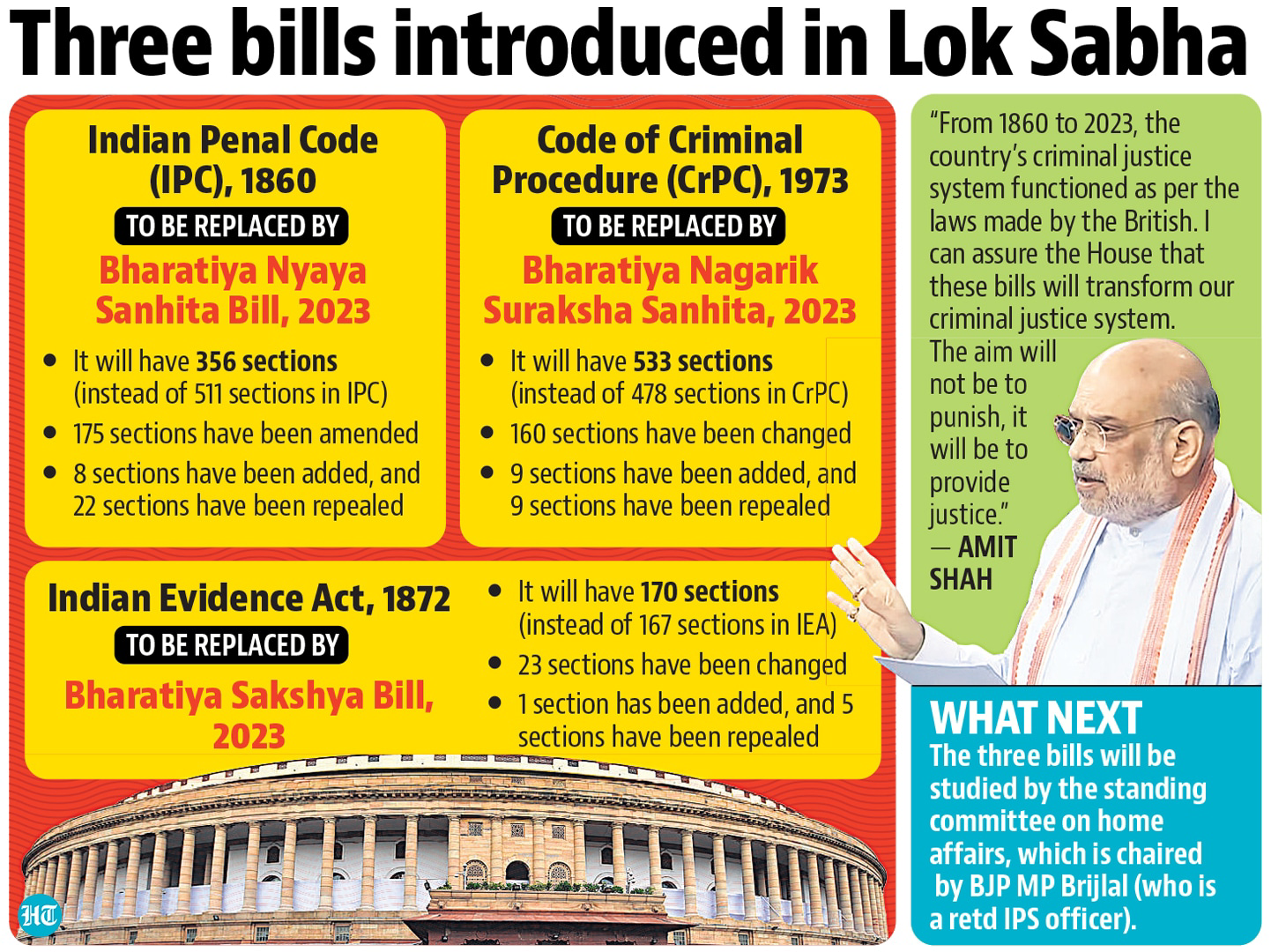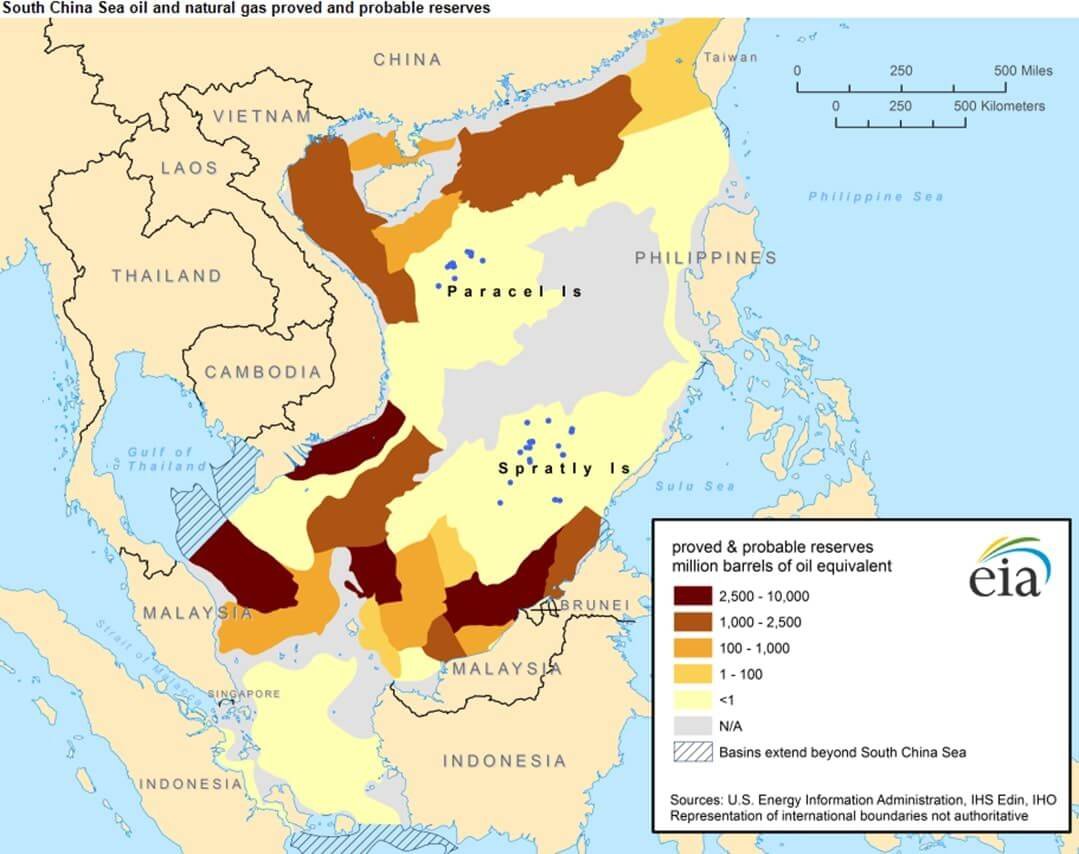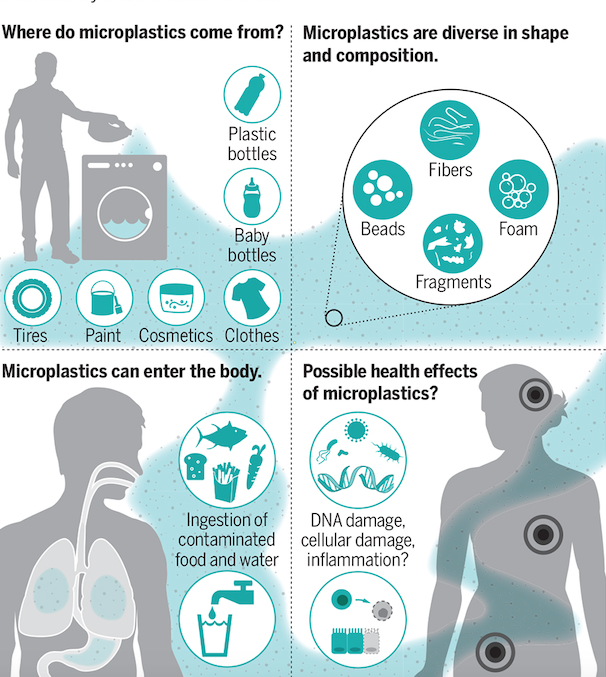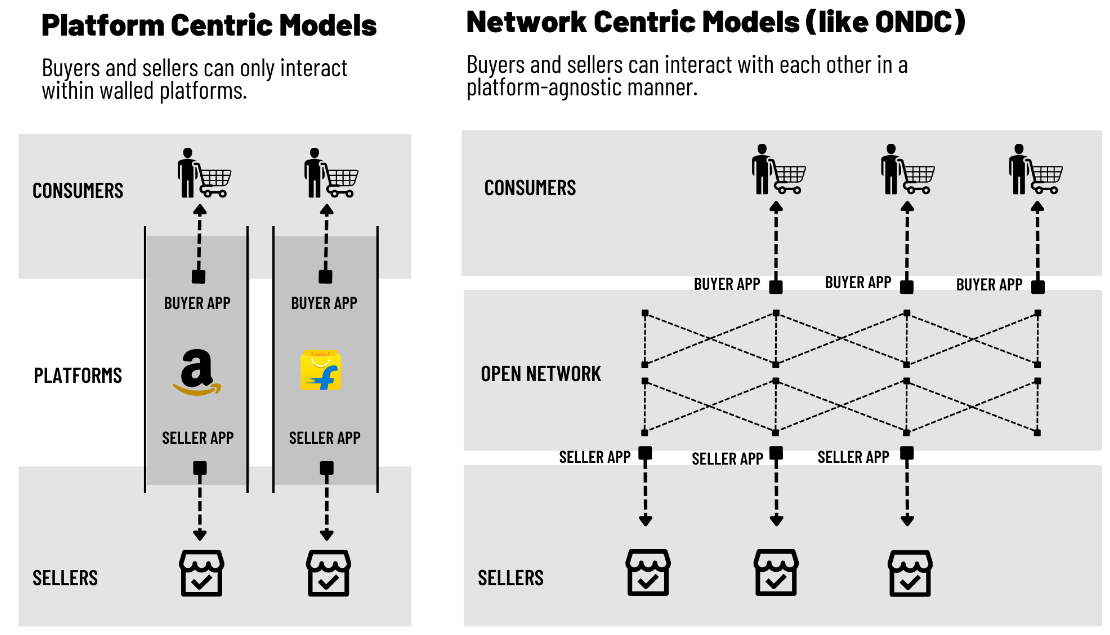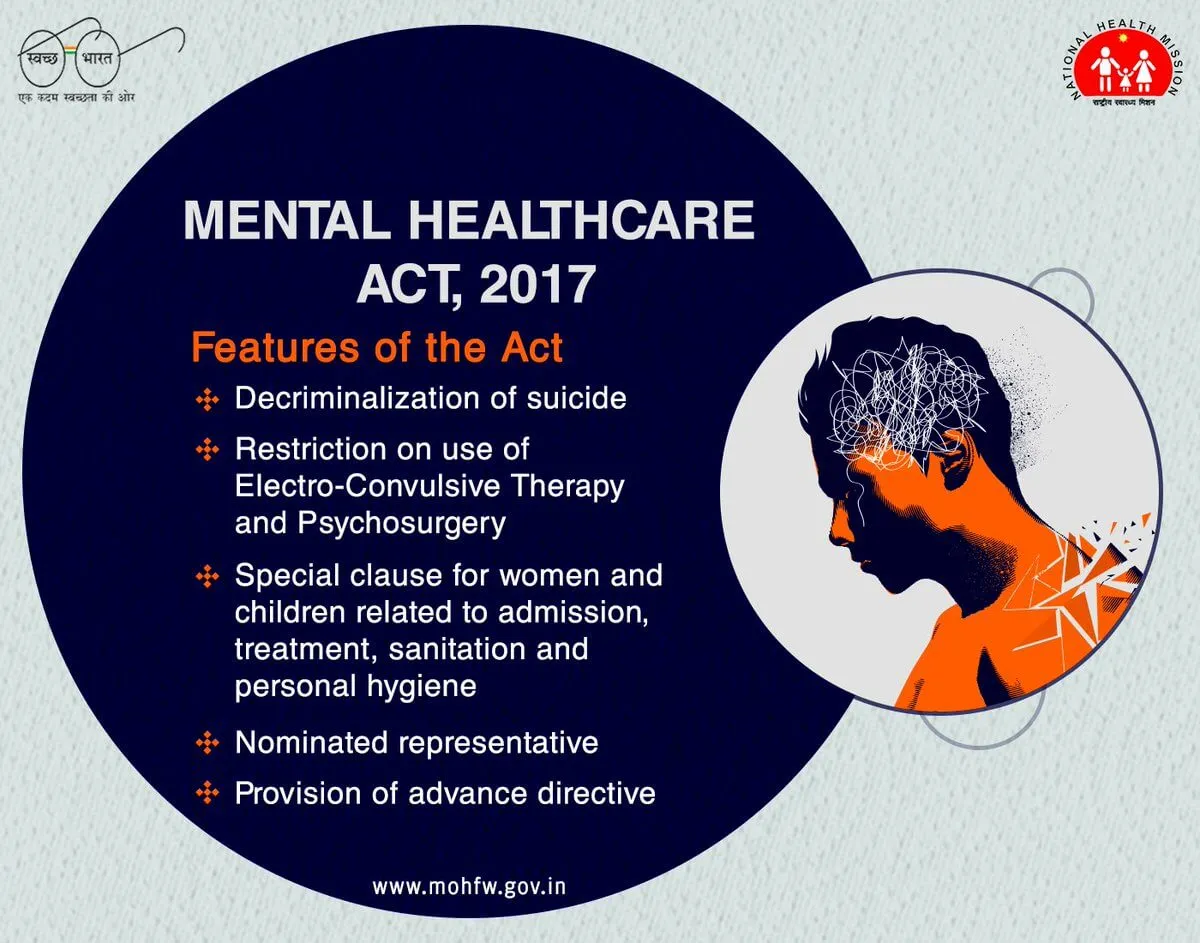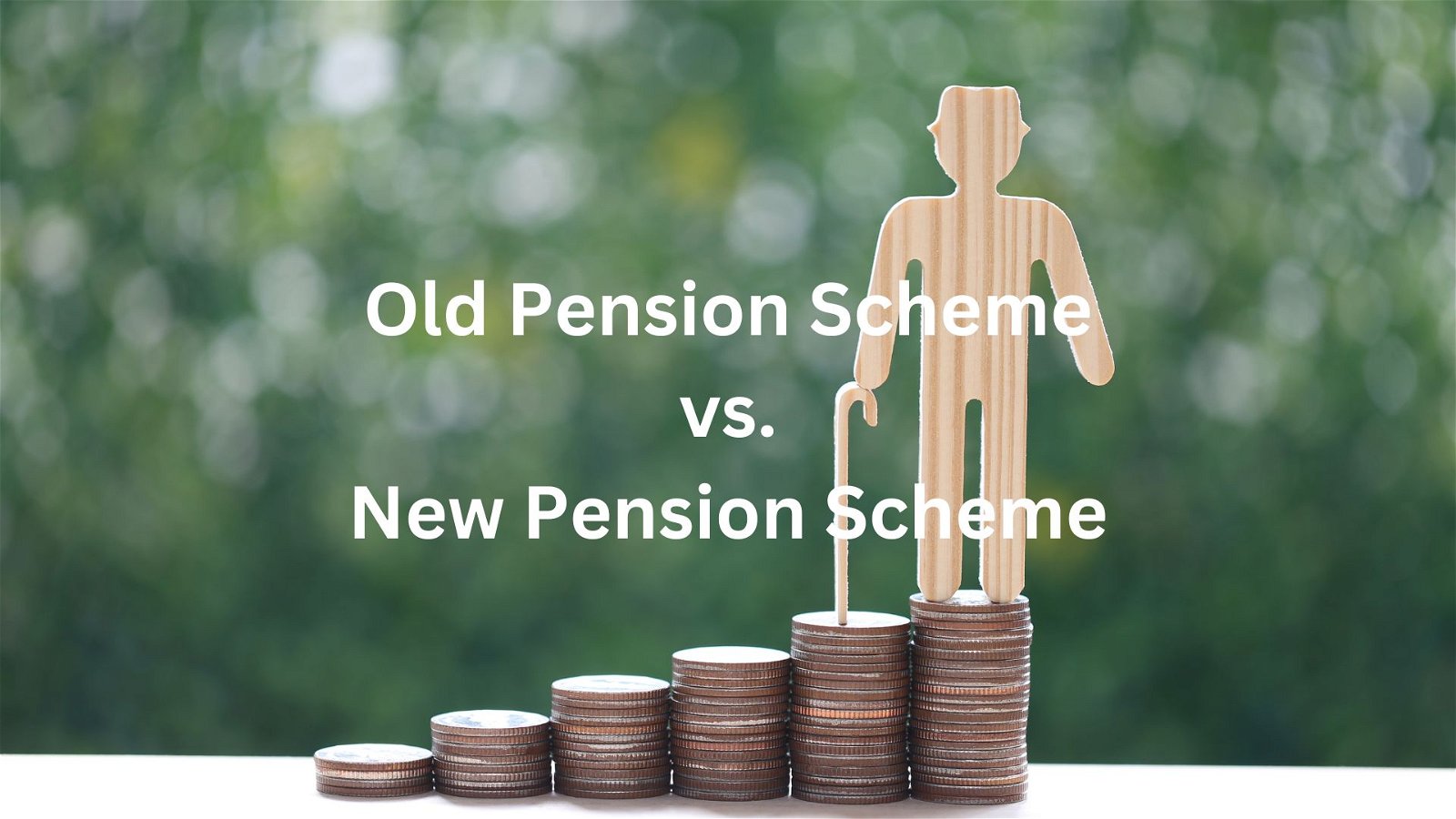
Current Affairs for UPSC Civil Services Exam – March 29, 2024
Subscribers of "Current Affairs" course can Download Daily Current Affairs in PDF/DOC
Subscribe to Never Miss an Important Update! Assured Discounts on New Products!
Must Join PMF IAS Telegram Channel & PMF IAS History Telegram Channel
{GS2 – Governance – Issues} Internet shutdowns in India
- Context (TH): India has consistently topped the global list of countries imposing internet bans, with approximately 60% of all recorded blackouts worldwide.
Observations (As per Software Freedom Law Centre)
- Indian government imposed a total of 780 shutdowns from 2014 to 2023.
- India shut down the internet for over 7,000 hours in 2023.
- Regionally, Jammu and Kashmir saw the highest number of shutdowns (433 in the last 12 years).
- The longest blackout in 2023 took place in Manipur from May to December amid ethnic clashes.
- Globally, protests, information control & political instability caused maximum shutdowns.
- Global Internet freedom has declined for the 13th consecutive year, and the environment for human rights online has deteriorated in 29 countries, as per the latest Freedom House report.
- India’s ranking has hovered around the same benchmark in the last three years, with a dip from 2016 and 2017, when India scored 59 points, to 50 points in 2023.
Argument against the shutdowns
- British-era law: Reflecting the draconian nature of law used for the suppression of Indians.
- Economic losses: Internet disruptions in India accounted for more than 70% of the global economy’s total losses in 2020, which is crucial given India’s digitalisation journey.
- Absence of objective criteria: The Indian Telegraph Act does not define “public emergency” or “public safety” criteria for imposing internet shutdowns.
- International principles: Failure to meet the internationally upheld ‘three-part test’ in imposing blackouts in J&K and Manipur.
|
- Localised shutdowns: The majority of internet outages in the last decade were localised to specific districts, cities, and villages, putting the local population at a comparative loss.
- Poor compliance with safeguards: Courts have asked governments to make shutdown orders public, a provision that has been poorly complied with.
- Easy but not effective solution: The trend of internet shutdowns to avoid paper leaks indicates an easy but not-so-effective solution.
Judicial Safeguards
- Anuradha Bhasin v. Union of India case: Supreme Court reiterated that internet shutdowns violate fundamental rights to freedom of expression. Shutdowns lasting indefinitely are unconstitutional.
- Violation of Right to the Internet: In the Faheema Shirin v. State of Kerala case, the Kerala High Court declared the right to the Internet a fundamental Right under Article 21.
- Freedom of Press: The right to Freedom of the Press is a Fundamental Right as per the Supreme Court (Cases: Indian Express vs UoI,1986 and Bennett Coleman vs UoI, 1972).
Restricting internet: A necessary evil
- National Security: Many blocked URLs were linked to organisations banned under the Unlawful Activities (Prevention) Act.
- Rumours and fake news: To stop the spread of fake news, as done in Citizenship Amendment Act (2019), abrogation of Article 370 (2019), and Farm Bills (2020) protests.
- Cybercrime: According to the National Crime Records Bureau, cybercrime cases rose by almost 434% between 2016 and 2022.
Way forward
- Adherence to Anuradha Bhasin case: Ensuring only temporary suspension and proportionality.
- Amendment to the Indian Telegraph Act: Defining objective criteria for internet suspension.
For details on provisions of internet shutdown, visit > Internet Shutdown Provisions.
{GS2 – MoRD – Schemes} Revision of MGNREGS wage rates
- Context (IE): Centre notified new wage rates for unskilled manual workers under the MGNREGA, 2005 for the financial year 2024-2025.
- The Ministry of Rural Development notified new wage rates under sub-section (1) of section 6 of MGNREGA 2005, which will become effective on April 1, 2024.
- The NREGS wage rates are fixed according to changes in the CPI-AL (Consumer Price Index-Agriculture Labor), which reflects the increase in rural area inflation.
- Highest rate of NREGS wage (Rs 374 per day) has been fixed for Haryana.
- Lowest (Rs 234 per day) has been fixed for Arunachal Pradesh and Nagaland.
- States with over 10 % hike: Goa (Maximum hike), Karnataka, Andhra Pradesh, and Telangana.
- States with a below 5 % hike: Uttar Pradesh & Uttarakhand (Lowest hike), Haryana, Assam, Manipur, Arunachal Pradesh, Nagaland, Rajasthan, Kerala, and Lakshadweep.
- Overall, wages have seen an average increase of about 7% — from the existing all-India average wage rate of Rs 267.32 per day to Rs 285.47 per day for the financial year 2024-25.
For more details, visit > MGNREGS.
{GS2 – Polity – IC – State Legislature} Governors Assent to State Laws
- Context (IE I TH): The Kerala Government filed an appeal in the SC as the President has withheld assent for four Bills passed by the Kerala Legislature without disclosing any reasons.
- It has also moved the Court against the Kerala Governor for keeping the Bills pending for a long period and later reserving them for the consideration of the President.
What are the Governor’s Powers over Bills?
Article 200 of the IC
- It outlines the process for a Bill passed by the Legislative Assembly to be presented to the Governor for assent,
- He may give assent to the bill.
- He may send it back to the Assembly requesting it to reconsider some provisions of the Bill or the Bill itself.
- Once the Legislative House reconsiders the Bill and sends it to the Governor once again, the Governor “shall not withhold assent therefrom”.
- The governor cannot return the money bill for reconsideration.
- He may withhold assent.
- He may reserve the bill for the consideration of the president.
- The reservation is obligatory where the bill passed by the state legislature endangers the position of the state high court.
- However, the governor can also reserve the bill if:
- It is against the provisions of the IC.
- It is opposed to the Directive Principles of State Policy (DPSP).
- It is against the larger interest of the country.
- It is of grave national importance
- It Deals with compulsory acquisition of property under Article 31A of the IC.
Article 201
- It states that when a Bill is reserved for the president’s consideration, the President may approve of it or withhold assent.
- The President may also direct the Governor to return the Bill to the House or Houses of the Legislature of the State for reconsideration.
Can the Governor withhold His Assent to a Bill in Exercise of His Discretionary Powers?
- Article 200 suggests that the Governor can withhold his assent, but he can only do so on the advice of the Council of Ministers.
- Article 154 of the IC: The Governor can exercise his executive powers only on the advice of the Council of Ministers.
Can a Governor, in practice, actually sit on a Bill forever?
- The proviso says the Governor must return the Bill “as soon as possible” but does not prescribe a specific timeframe.
- The governors have exploited this ambiguity by sitting on bills indefinitely without returning them to the state legislature.
State government’s views on Governor’s powers
Arguments in favour
- The object of these provisions is to ensure broad uniformity of legislation and conformity with IC.
- This is chiefly necessary to avoid repugnancy to Union laws, of Bills relating to matters in the Concurrent List.
- These provisions also act as a safety valve against hasty legislation and, by their operation, enable the State Government and Legislature to have a second look at it.
Arguments against the powers
- Governor and the Union Government should not arbitrarily exercise their discretion.
- Guidelines for the exercise of such discretion should be laid down.
- The GOI should not try to dictate its policies to the State Government by using its powers under Article 201 unless the proposed Bill goes against the national interest or the provisions of the IC.
- Several states have suggested fixing a time limit for processing and securing the President’s orders on the reserved Bills.
- Several states have asked for their deletion or substantial modification.
- They argue that these provisions are subversive of the true federal principle.
- They want to remove the governor’s power to reserve a Bill relating to a matter in the State List and the President’s power to veto such a Bill.
- They argue that this provision is ‘basically inconsistent with the supremacy of the State Legislature, consisting of representatives of the people in whom the sovereignty of the State vests’.
- It is alleged that the power of the governor is not being exercised in conformity with the purpose and object of these provisions.
SC’s Viewpoint
- Nabam Rebia and Bamang Felix vs Deputy Speaker: The Governor cannot withhold assent to a Bill indefinitely but must return it to the Assembly with a message, which could include his recommendation for amendments.
{GS2 – Social Sector – Health – Initiatives} CoViNet
- Context (DTE): World Health Organization (WHO) launched a global network of laboratories – CoViNet, to identify and monitor potentially novel coronaviruses that could emerge in the future.
- It currently includes 36 laboratories from 21 countries across all 6 WHO regions.
- Initially, the WHO COVID-19 reference laboratory network was focused on SARS-CoV-2, the virus responsible for COVID-19.
- CoViNet will now address a broader range of coronaviruses, including MERS-CoV (Middle East Respiratory Syndrome Coronavirus) and potential new coronaviruses.
- Data generated through CoViNet’s efforts will guide the work of WHO’s Technical Advisory Groups on Viral Evolution (TAG-VE) and Vaccine Composition (TAG-CO-VAC) and help ensure that global health policies and tools are based on the latest scientific information.
{GS3 – Agri – Issues} Food Waste Index Report 2024
- Context (TH): The Food Waste Index Report 2024 sheds light on the global and national generation of food waste and inedible parts.
- Published by: United Nations Environment Programme (UNEP) and WRAP (Waste and Resources Action Programme).
- Significance of Food Waste Index: To monitor progress towards SDG 12.3 goal of halving food waste by 2030.
Key Findings
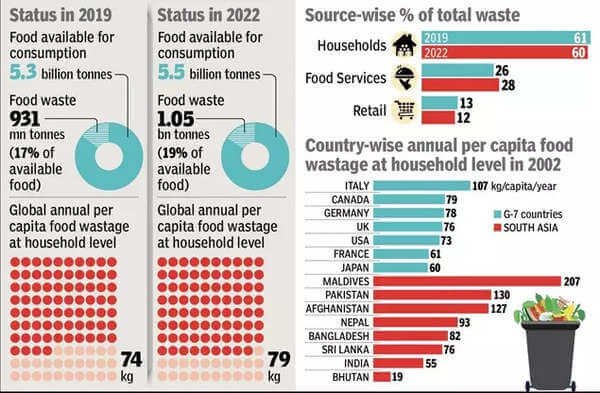
- The report revealed that 19% of global food produced in 2022 was wasted, amounting to about 1.05 billion metric tons and nearly one-fifth of all food available to consumers.
- Per capita waste: The average person wastes 77 kilograms of food annually.
- Sources of Waste: Households contribute 62%, food service (restaurants) 28%, and retailers 12%.
- Environmental impact: Food waste contributes 8 to 10% of global greenhouse gas emissions.
- If food waste were a country, it would rank as the third-largest emitter after China and the United States.
|
Tracking Progress and Challenges
- Many low and middle-income countries still lack adequate systems for tracking progress toward meeting Sustainable Development Goal 12.3, which aims to halve food waste by 2030.
- Currently, only 4 G-20 countries (Australia, Japan, the U.K., and the U.S.) and the European Union have food waste estimates suitable for tracking progress.
- Hotter countries tend to generate more food waste per capita in households, possibly due to higher consumption of fresh foods with substantial inedible parts and a lack of robust cold chains.
- Rural areas generally waste less food than urban areas due to the greater diversion of food scraps to pets, livestock, and home composting.
- As of 2022, only 21 countries have included food loss and waste reduction in their climate plans or Nationally Determined Contributions (NDCs).
{GS3 – Envi – Conservation} Graywater reuse: KC Valley project
- Context (TH | DH): The Centre plans to replicate Karnataka’s KC Valley project nationwide to accelerate wastewater reuse.
- The KC Valley project supplies treated water from Bengaluru to fill lakes in dry districts like Bengaluru Rural, Kolar, and Chikkballapura.
- The project’s success in recharging groundwater prompted the Ministry to consider its implementation in other states for lake rejuvenation with recycled treated water.
- The Ministry agreed to provide partial funding to the KC Valley project under the Atal Bhujal Yojana to address groundwater depletion nationwide.
- It suggests upgrading the project for better tertiary treatment and bio-remedial treatment of water.
|
Concerns
- Some farmers in Kolar oppose using this treated water, citing concerns about groundwater quality and crop health.
- Farmers blame treated sewage water for reduced yields and pest infestations. They claim increased resistance to pests and fungi since the project’s inception.
Atal Bhujal Yojana (ATAL JAL)
- It is a Central Sector Scheme for facilitating sustainable groundwater management.
- Budget Rs. 6000 crore. Of this, Rs. 3,000 is a loan from the World Bank, and Rs. 3,000 crore is a matching contribution from the Government of India (GoI).
- The World Bank financing is done under a new lending instrument, the Program for Results (PforR), wherein Funds under the scheme are disbursed from the World Bank to the GoI for disbursement to participating States based on the achievement of pre-agreed results.
- Funds under the scheme shall be provided to the States as grants-in-aid.
- The scheme is being implemented in 8220 water-stressed Gram Panchayats in Haryana, Gujarat, Karnataka, Madhya Pradesh, Maharashtra, Rajasthan, and Uttar Pradesh.
- The scheme emphasises community participation and demand-side interventions for sustainable groundwater management in identified water-stressed areas in seven States of the Country.
Greywater vs. Blackwater
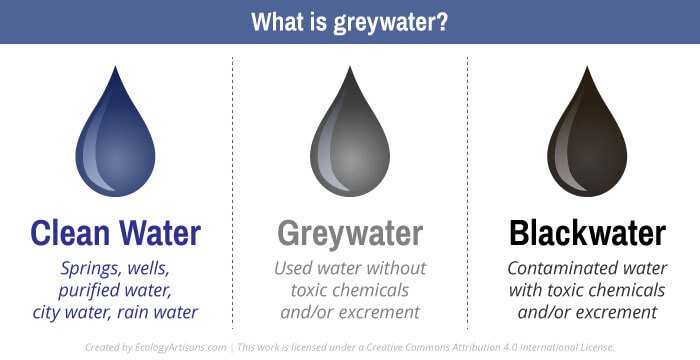
| Attributes | Greywater | Blackwater |
| Source | Washing machine, shower, bathroom sink | Toilet, kitchen sink, dishwasher |
| Contact | No contact with fecal matter | Contact with urine and fecal matter |
| Origin | Household activities | Sewage |
| Contamination | Minimal risk of contamination, easier to filter and clean | High risk of contamination, contains harmful bacteria |
| Reusability | Can be filtered and cleaned for reuse in the garden | Extremely difficult to filter and clean for reuse |
{GS3 – IE – Development} Agreement on Investment Facilitation for Development
- Context (TH): India and South Africa block attempt to include ‘investment facilitation for development’ agreement at the WTO meeting.
- Investment facilitation for development at the WTO was launched in 2017 on a plurilateral basis by a group of developing and least-developed WTO members.
- The IFD agreement was finalised in November 2023.
- Today, around 120 of 166 WTO member countries (more than 70% of the membership) back the IFD agreement. This agreement aims to create legally binding provisions to facilitate investment flows.
- This most-favoured–nation-based, plurilateral agreement (PA) is open for all WTO members to join.
- Unlike multilateral agreements, PAs under the WTO are binding only on those members that have accepted them and do not create rights or impose obligations on the remaining members.
- Objective: To improve the investment climate and to promote international cooperation to facilitate the flow of foreign direct investment between WTO Members, particularly to developing and least developed country Members, with the aim of fostering sustainable development.
- The IFD Agreement focuses on foreign direct investment (FDI); it applies to FDI in all economic sectors.
- The agreement excludes market access, investment protection, investor-state dispute settlement (ISDS), government procurement, and certain subsidies.
Four pillars of the agreement
- Transparency of investment measures;
- Streamlining and speeding-up investment-related authorizations procedures;
- Enhancing international cooperation, information sharing, and the exchange of best practices;
- Sustainable investment.
Potential benefits of an Investment Facilitation Agreement
- Create clear and consistent global benchmarks for investment facilitation, thus ensuring that (minimum) common standards are applied across economies, reducing regulatory uncertainty, minimising transaction costs, and making it easier for investors to invest.
- Anchoring domestic investment facilitation reforms in shared international commitments decreases policy uncertainty, strengthens Members’ reform efforts, and sends a positive signal to investors.
- Providing a global forum to promote best investment facilitation practices, thus enhancing cross-border regulatory cooperation and improving information exchanges.
- Linking global investment facilitation reforms to Members’ ability to implement them, allowing developing and least-developed country Members to receive the technical assistance and capacity-building support they need to implement and benefit from the IFD Agreement.
India’s concerns with the agreement
- India and South Africa played a crucial role in not letting the IFD agreement become a part of the WTO rulebook.
- India’s principle concerns are:
- Question of whether investment can be part of the WTO.
- Process followed to make the IFD agreement a part of the WTO rulebook.
Question of whether investment can be part of the WTO
- On whether investment can be part of the WTO, India’s chief contention is that investment per se is not trade.
- In other words, investment could or could not result in cross-border trade. This argument contradicts the linkage between trade and investment.
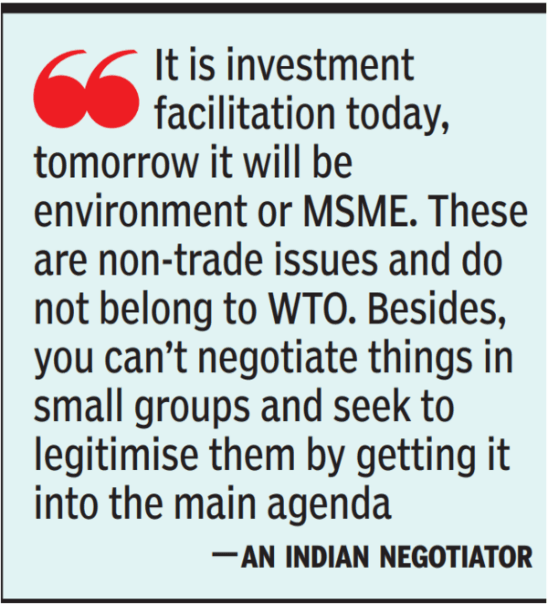
Process followed to make the IFD agreement a part of the WTO rulebook
- Regarding the process followed in negotiating the IFD Agreement, India’s foremost assertion is that there is no mandate to conduct negotiations on investment.
- India argued that in 2004, the WTO’s General Council decided that the talks on the relationship between trade and investment, one of the so-called ‘Singapore issues’ because it was introduced at the 1996 WTO Singapore ministerial conference, would not take place as part of the Doha round of negotiations launched in 2001.
- India also referred to the 2015 WTO Nairobi ministerial decision, which states that “any decision to launch negotiations multilaterally on [new] issues would need to be agreed by all members.”
- According to the Marrakesh Agreement, a new plurilateral agreement can only be adopted through ‘Annexure 4’ rules, meaning by explicit consensus of all WTO Members.
- Since all countries never agreed to launch negotiations on an IFD Agreement, according to India, IFD negotiations and the subsequent text that came up for adoption are illegal. The reasons for this contention are:
- The proposed IFDA doesn’t qualify as a ‘trade agreement’ under Article X.9 of the 1994 Marrakesh Agreement. This is because IFDA does not include any substantive provisions related to trade, rendering it ineligible for inclusion as a ‘trade agreement’.
- Only WTO members who had fulfilled their domestic procedures to sign, ratify, and enforce the IFDA could submit a request for its inclusion.
- As the IFDA had not yet entered into force for even a single party, the request to add it to the WTO was ultra vires. Such a request could be made only after the IFDA enters into force and not before that.
- Negotiations on the IFDA were initiated without a multilateral mandate.
- This was contrary to the WTO’s long-held practice of making decisions by consensus and prevented members from examining whether issues related to investment facilitation were trade-related or not.
{GS3 – IE – Employment} India Employment Report 2024: Key Findings
- Context(DTE): The India Employment Report 2024, published by the International Labour Organisation (ILO) and Institute of Human Development (IHD), was released recently.
Key Findings
National employment transition from farm to non-farm sectors
Between 2019 and 2022
- From 2020 to 2022, the agriculture sector saw an increase of approximately 56 million workers.
- In 2020, there was a significant movement of informal workers from urban areas to rural villages, comparable to the scale of the 1947 partition between India and Pakistan.
- Specifically, in 2020, the number of workers in agriculture and related fields rose by 30.8 million.
- The agricultural workforce increased by 12.1 million the following year, and another 12.9 million workers joined the workforce in 2022.
- Interestingly, agricultural employment growth during this period surpassed the growth in agriculture gross value added.
- This transition back to agriculture may indicate distress, suggesting that non-farm sectors are failing to create sufficient employment opportunities, thereby forcing people back into the less remunerative agricultural sector.
- Moreover, the surge in the agricultural workforce is attributed to a significant number of women rejoining the sector during 2020-2022.
- Also, the rural labour force and the workforce increased more than their urban counterparts during this period.
Scenario Before 2019
- From 2000 to 2019, there was a noticeable shift in employment from low-productivity agriculture to higher-productivity non-agricultural sectors.
- During this time frame, employment in the agriculture sector experienced negative growth, indicating a decline.
- This decline in agricultural employment coincided with a significant increase in employment opportunities in the construction and service sectors.
Female labour participation rate
- From 2000 to 2019, the female labour participation rate declined compared to males.
- However, in the period from 2019 to 2022, this trend reversed, with more females rejoining the agricultural workforce.
- In 2022, the proportion of women employed in agriculture was significantly higher than that of men, with women comprising 62.8% of the agricultural workforce compared to 38.1% of men.
No significant growth in Monthly wages and earnings of workers
- Regular and self-employed earnings remained stagnant or experienced negative growth rates until 2021 but saw some growth in 2022.
- Female and male workers’ regular wages experienced small negative growth rates between 2018 and 2022.
- Female self-employed workers experienced notably higher negative growth rates in earnings compared to men during this period.
- However, women’s casual wages showed slightly higher growth rates compared to men’s.
Suggestions to improve the job market
-
Promoting job creation:
- The report emphasises the necessity of economic policies to enhance non-farm employment, particularly in manufacturing, as India anticipates adding 7-8 million youths to the workforce annually over the next decade.
- It suggests prioritising labour-intensive manufacturing to absorb unskilled labour alongside selected services.
- Micro, small, and medium-sized enterprises require increased support, including a decentralised and digitally enabled approach, as well as cluster-based manufacturing initiatives.
- Improving employment quality is essential, with investments and regulations needed in sectors like the care industry and the digital economy, which are crucial for youth employment.
-
Tackling labour market inequalities
- Given the expected rise in urbanisation and migration, an inclusive urban policy is necessary to address the needs of migrants, women, and disadvantaged youth.
- It advocates for increased state government involvement and stronger partnerships with the private sector to make the labour market more inclusive.
-
Strengthening skills and active labour market policies to address the gap between job supply and demand.
- There is a need for improvement in Skill development programs, particularly in terms of instructor availability and reducing dropout rates (India’s Chief economic advisor).
- Addressing knowledge gaps on labour market patterns and youth employment.
Government efforts to boost employment
- Skill development initiatives.
- National Education Policy (NEP).
- Atmanirbhar Bharat Rozgar Yojana.
- Tax reforms aimed at incentivising job creation.
To know more about the Key findings of India Employment Report 2024, visit > India Employment Report 2024.
{GS3 – IE – Securities} T+0 settlement cycle
- Context (IE): The BSE and NSE introduced trading in the T+0 rolling settlement cycle in the equity segment on an optional basis.
- It was rolled out with limited scrips and a limited set of brokers.
- Settlement of trades will happen on the same day after the closure of the T+0 market in this cycle.
- All investors are eligible to participate in the segment for the T+0 trade settlement cycle if they can meet the timelines, process, and risk requirements.
For more details, visit > T+0 settlement cycle.
{GS3 – Infra – Initiatives} Khavda Renewable Energy Park
- Context (CNN): Adani Green Energy Limited (AGEL) has successfully operationalised a cumulative capacity of 1,000 MW of solar energy at the Khavda Renewable Energy Park.
- Khavda Renewable Energy Park is built in the Rann of Kutch, Gujarat, over an area of 726 square kilometres.
- Rann of Kutch is an inhospitable salt marsh.
- It is the world’s largest hybrid renewable energy park, which will have both windmills and solar panels.
- It is currently under construction and will be fully operational by December 2026. The park is expected to be so big that it will be visible from space.
- India is currently home to the world’s largest solar park, the Bhadla Solar Park, Rajasthan.
- The Khavda Renewable Energy Plant will generate 30 GW of clean energy.
- Energy from the Khavda RE park can power 16.1 million homes each year. Also, it can help in avoiding an estimated 58mn tonnes of CO2 emissions annually.
- The estimated cost of the project is $2.26 billion.
{GS3 – S&T – Defence} Successful test of Stage 2 of Vikram-1 ‘Kalam-250’
- Context (TH | IE): Skyroot Aerospace has successfully test-fired the Stage-2 of Vikram-1 space launch vehicle, called Kalam-250, at the propulsion testbed of ISRO at its Satish Dhawan Space Centre in Sriharikota, Andhra Pradesh.
- It marks the successful test of the largest propulsion system ever designed and manufactured by the Indian private sector so far and the first carbon-composite-built motor tested at ISRO.
- Skyroot had previously tested Kalam-100, the third stage of Vikram-1, which was test-fired successfully in June 2021.
- Kalam-250 is a high-strength carbon composite rocket motor that uses solid fuel and a high-performance Ethylene-Propylene-Diene terpolymers (EPDM) Thermal Protection System (TPS).
- The stage includes a carbon ablative flex nozzle along with high-precision electro-mechanical actuators for thrust vector control of the vehicle, aiding in achieving the desired trajectory.
- The second stage of Vikram-1 will play a crucial role in the launch vehicle’s ascent, propelling it from the atmosphere to the deep vacuum of outer space.
Vikram-1
- Vikram-1 is a three-stage, solid-fuel based rocket.
- It is built by Hyderabad-based Skyroot Aerospace, a space startup.
- It has the capacity to place 300 kg payloads in the Low Earth Orbit.
- The rocket is an all-carbon-bodied vehicle capable of placing multiple satellites into orbit; it also features 3D-printed liquid engines.
- The ‘Vikram’ in the launch vehicles’ name is a tribute to Vikram Sarabhai, the father of India’s space programme.
{GS3 – S&T – Tech} Embedded SIM for Machine-to-Machine Communications
- Context (PIB): The Telecom Regulatory Authority of India (TRAI) has recently released recommendations regarding the usage of Embedded SIM (eSIM) for Machine-to-Machine (M2M) communications.
- The Department of Telecommunications (DoT) sought TRAI’s recommendations on the usage of eSIM for M2M communications in 2021.
What is Embedded SIM (eSIM)?
- An eSIM is specifically designed for IoT sensors, meters, trackers, and devices that often operate with minimal human interaction on-site.
- These SIMs are embedded (integrated/soldered) during manufacturing to meet standard physical and environmental requirements.
- They can be deployed in both domestic and international markets.
Advantages of eSIM (Embedded SIM) over Traditional SIM cards

What is Machine-to-Machine (M2M) communication?
- Machine-to-machine (M2M) communication refers to the exchange of data between devices without human intervention.
- In this, devices interact directly with each other, seamlessly sharing information and performing actions based on the received data.
- M2M communication involves entities such as sensors, machines, vehicles, or measuring equipment that operate independently.
Key Features
- Low Mobility: M2M devices are stationary, move infrequently, or operate within specific regions.
- Time Controlled: Data transmission occurs at predefined intervals.
- Time Tolerant: Data transfer can be delayed.
- Packet Switched: Network operators provide packet-switched services.
- Online Small Data Transmissions: MTC devices frequently send or receive small amounts of data.
- Monitoring: Detecting events (e.g., theft or vandalism).
- Low Power Consumption: Efficiently servicing M2M applications.
- Location-Specific Triggers: Triggering M2M devices in specific areas.
Applications
- Security: Surveillance systems, alarm systems, access control, and car/driver security.
- Tracking & Tracing: Fleet management, order management, asset tracking, navigation, and traffic optimization.
- Payment: Point-of-sale systems, vending machines, and gaming machines.
- Health: Monitoring vital signs, supporting the aged or handicapped, telemedicine points, and remote diagnostics.
- Remote Maintenance/Control: This includes controlling sensors, lighting, pumps, valves, elevators, vending machines, and vehicle diagnostics.
- Metering: Monitoring power, gas, water, heating, and industrial metering.
- Manufacturing: Production chain monitoring and automation.
- Facility Management: Automation in homes, buildings, and campuses.
How does M2M communication differ from IoT?
| M2M | Internet of Things (IoT) |
| M2M is about direct communication between machines. | IoT is about sensors automation and internet platform. |
| It supports point-to-point communication. | It supports cloud communication |
| Devices do not necessarily rely on internet connection | Devices rely on an internet connection. |
| It is mostly hardware-based technology | Both hardware and software-based technology. |
| Machines normally communicate with a single machine at a time | Many users can access at one time over the internet. |
| A device can be connected through mobile or another network. | Data delivery depends on the Internet Protocol (IP) network. |
{Prelims – In News} Domestic Systemically Important Insurers
- Context (TH): Insurance regulator IRDAI has released the 2023-24 list of Domestic Systemically Important Insurers (D-Slls).
- Life Insurance Corporation of India (LIC), General Insurance Corporation of India (GIC), and New India Assurance Company continue to remain as Domestic Systemically Important Insurers (D-SIIs).
- Domestic Systemically Important Insurers (D-Slls) refer to insurers of such size, market importance, and domestic and global interconnectedness that their distress or failure would cause a significant dislocation in the domestic financial system.
- D-SIIs are perceived as insurers that are “too big or too important to fail”.
- The perceived expectation of government support may amplify risk-taking, reduce market discipline, create competitive distortions, and increase the possibility of future distress.
- D-Slls are subjected to additional regulatory measures to deal with systemic risks and moral hazard issues.
IRDAI
- The Insurance Regulatory and Development Authority of India (IRDAI) is a statutory body formed under the Insurance Regulatory and Development Authority Act, 1999 (IRDA Act, 1999) to oversee and develop the Insurance sector in India.
- Nodal Ministry: Ministry of Finance
- Head Office: Hyderabad.
- The Authority is a ten-member body consisting of a Chairman, five whole-time members, four part-time members.
- The IRDA Act, 1999, and the Insurance Act, 1938, lay down the Authority’s powers and functions.
{Prelims – PIN India} Eturnagaram Wildlife Sanctuary
- Context (TOI): Telangana is grappling with forest fires in Eturnagaram Wildlife Sanctuary and Amrabad Tiger Reserve.
- Eturnagaram Wildlife Sanctuary is part of Dandakaranya forests of Mulugu district, Telangana.
- The Hyderabad Nizam government declared it a wildlife sanctuary in 1952.
- The sanctuary is located near the border of Maharashtra, Chhattisgarh, and Telangana.
- The famous Sammakka-Saralamma Temple is situated inside the sanctuary. Also, the biennial Sammakka Saralamma Jatara (Medaram Jatara) is held in the Wildlife Sanctuary.
- Dayyam Vagu, a perennial river, separates the sanctuary into two parts.
- Godavari River passes through the sanctuary. The Koya tribes inhabit it.
- Vegetation: Tropical dry deciduous type.
- Flora: Teak, bamboo, Anogeissus, Pterocarpus, Buchanania, etc.
- Fauna: Tiger, Leopard, Panther, Wolf, Wild Dogs, Jackals Sloth Bear, Chousingha, Black Buck, Nilgai, Sambar, Spotted Deer, Four Horned Antilope, Chinkara, Black Buck, Gaur, and Giant Squirrels.




![PMF IAS Environment for UPSC 2022-23 [paperback] PMF IAS [Nov 30, 2021]…](https://pmfias.b-cdn.net/wp-content/uploads/2024/04/pmfiasenvironmentforupsc2022-23paperbackpmfiasnov302021.jpg)

